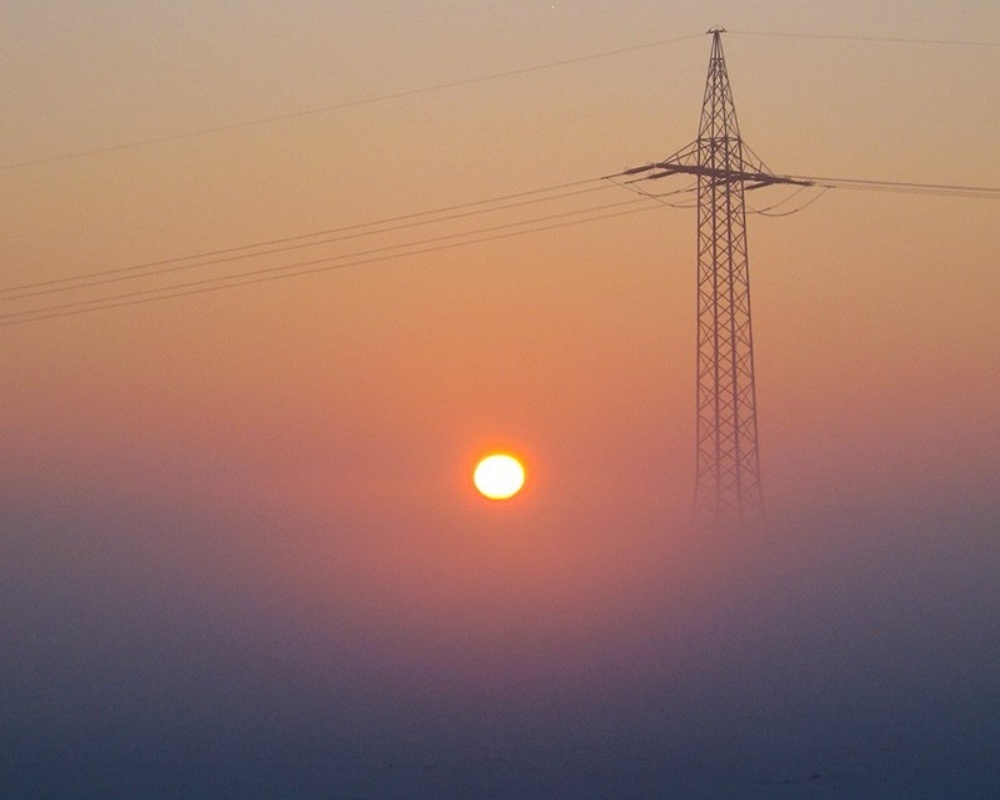
Utility Customers Demand (and Deserve) Better Communications
Today’s utility customer expects similar treatment and choices they receive from other advanced service providers. The levels of service that has suddenly become expected as the norm include:
- Mobile applications that allow instant access and analysis of their bill and energy usage
- Easy and successful communication with the utility on a wide range of issues and questions
- Automatic and one-touch transactions for bill payment, new customer activities, services selection, and even energy control choices
- Assistance in a wide range of energy management and beyond-the-meter services
- Ongoing updates and notifications of utility news, conditions, operations, and local construction projects
- Controlled content and preferences through push messages concerning related energy and utility activities
- Instant and reliable updated communications before, during, and after storms.
As the utility industry continues to evolve and the “Millennial Generation” becomes the energy user and household budget decision-maker, the traditional utility customer touch-points will expand and become more important to all stakeholders. Successful utilities are adopting practices and strategies to move their customers from passive bill payers to active and aligned advocates and partners. For many of those companies that means turning to customer centric tools, energy efficient tools and consistent communication where the customer is looking for it not just in the monthly billing.
These changing dynamics have prompted an ever-increasing focus within the energy and utilities (E&U) industry on customer satisfaction; what impacts it and how to improve it.
Today, one critical driver of utility response to customer expectations is the annual J.D. Power and Associates Electric Utility Business Customer Satisfaction Study. While most utilities poll their own customers for concerns and satisfaction, for many utilities the J.D. Power survey is a critical third-party measure of their success.
Over the past few years the correlation between increased satisfaction and increased revenues is clear. Not surprisingly, more and more utilities are embracing a customer-centric business model to retain their customers, remain competitive, and meet regulatory requirements to improve the customer experience, which in turn is intended to translate into improved customer satisfaction scores.
Fombrun and Shanley, in their initial Corporate Reputation Review in 1997, suggest that consumers build a picture of a company’s reputation based on “available information about the firm’s activities, which could come both directly from the firms themselves and indirectly through the media.” Jin and Yeo published the Satisfaction, corporate credibility, CEO reputation and leadership effects on public relationships in 2011 and found that “consumers who are exposed to positive news stories about an organization are more likely to favor that organization.”
JD Powers data supports these claims. Numbers show that customer satisfaction is dramatically increased when the communication avenues the utility company plans to use during emergencies (i.e Website, App, Facebook, Twitter and so on) have been effectively communicated to customers resulting in a better informed customer experience during those stressful times.
Energy utilities face serious challenges as customer satisfaction drops 3.2 percent to an American Customer Satisfaction Index (ACSI) score of 71.9 on a scale of 0 to 100, marking three straight years of contraction on the ACSI.
“Utilities customers are sensitive to two things: price and disruption,” says Claes Fornell, ACSI founder and chairman. “Consumers have little choice but to pay regardless of price. While energy prices have been stable and have not increased dramatically, wages remain stagnant and monthly energy bills are a constant drain on disposable income. Consumers expect the lights to turn on and the A/C to work when they flip the switch. ACSI data suggests that consumers have reduced confidence in utilities’ ability to respond and recover from outage.
A deeper look at JD Powers report shows when the data regarding power quality and reliability is unchanged (or decreased), customer satisfaction can be increased as a result of customers that have been communicated with through ongoing updates and notifications of utility news, conditions and operations. Moreover, data shows that customers who recollect a piece of communication from or about their utility in the past 3 months have a higher customer satisfaction level than a customer recalling over the past 6 months. This further stresses the need for multiple communication avenues and a consistent strategic communication flow.
Syndicated journalist Sydney J. Harris is quoted as saying, “The two words 'information' and 'communication' are often used interchangeably, but they signify quite different things. Information is giving out; communication is getting through.”
To get through in today’s world of multi-platform communication, a company has to be strategic in communicating how it plans to communicate just about everything else.
(To learn more about VI's Marketing Services, click here)








